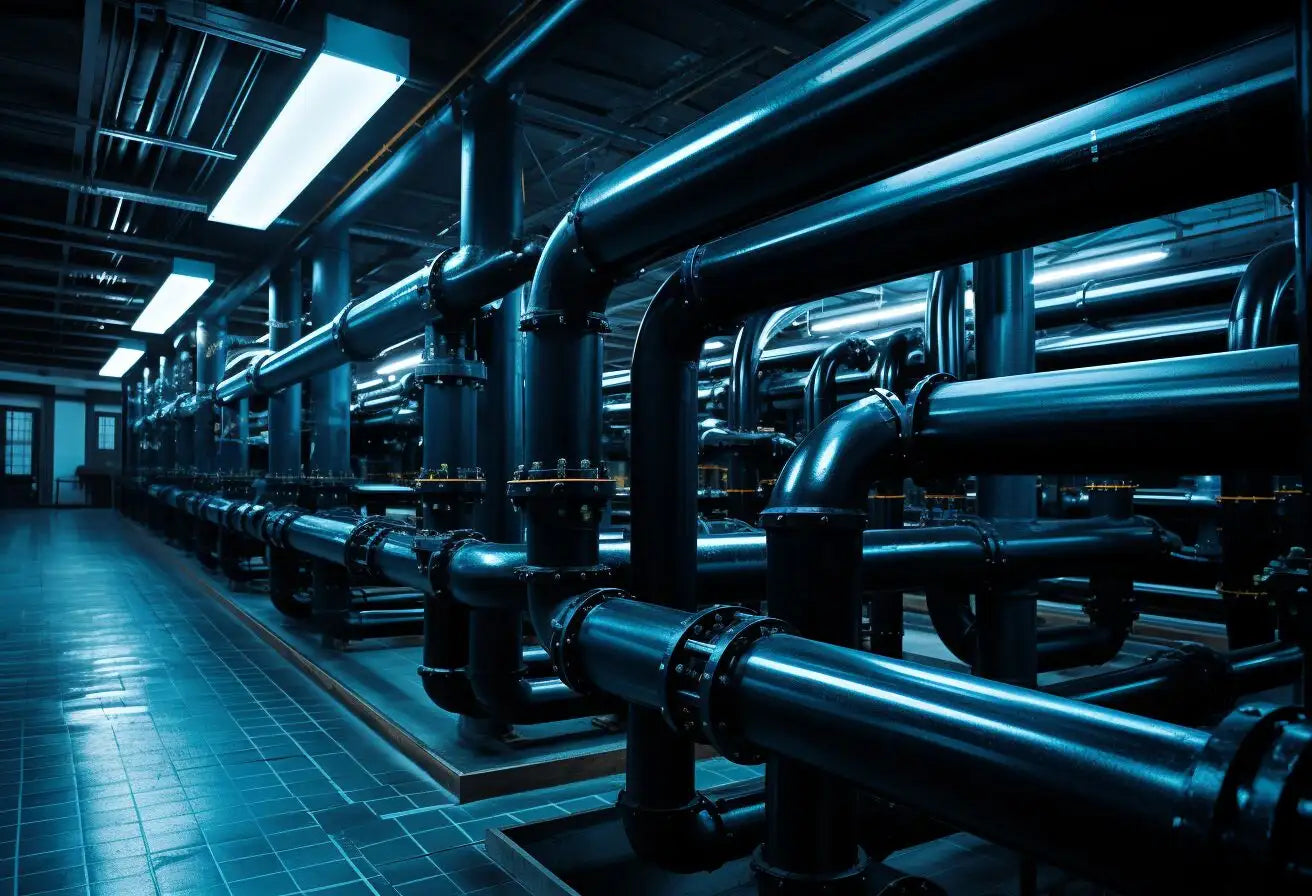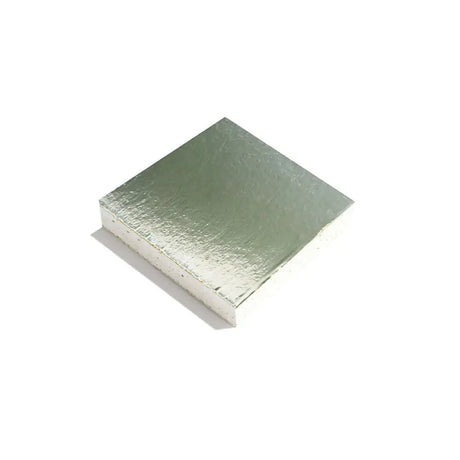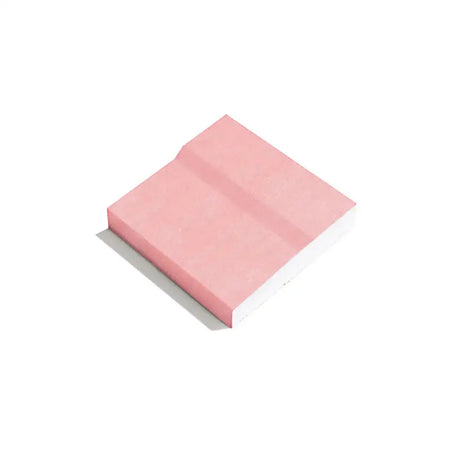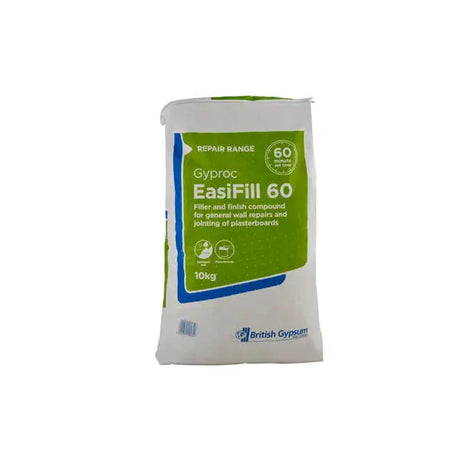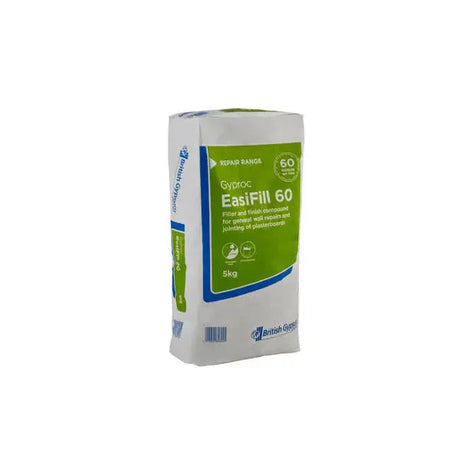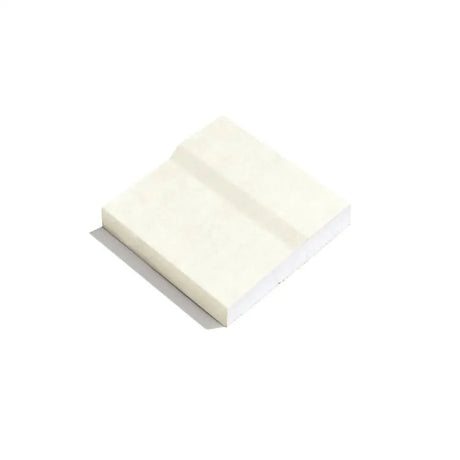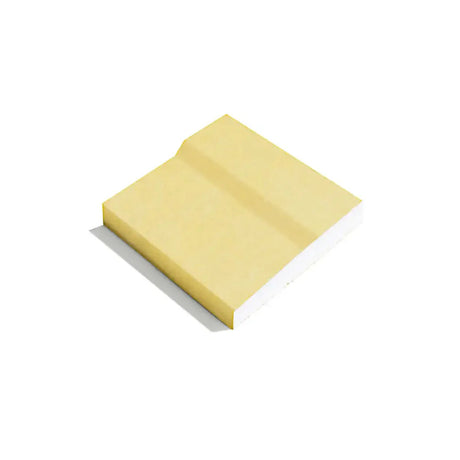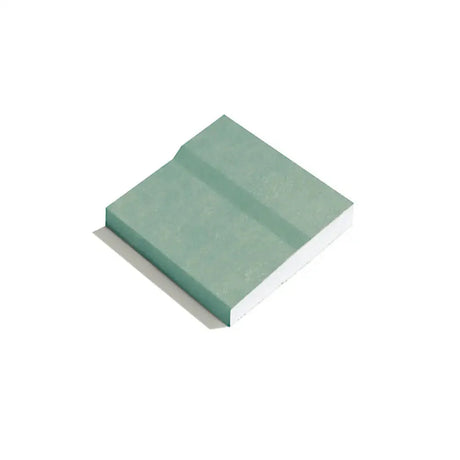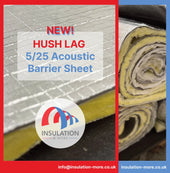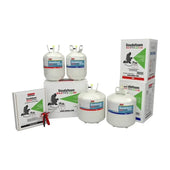Pipe lagging, a form of insulation used to maintain the temperature in pipes and prevent freezing, is a common sight in many UK homes and businesses. But one question that often arises is: Is pipe lagging waterproof? The answer to this question can vary depending on the type of pipe lagging used and the environment it is installed in.
What is Pipe Lagging?
Before we delve into whether pipe lagging is waterproof or not, it's important to understand what exactly pipe lagging is. Essentially, pipe lagging is a protective layer that's wrapped around pipes to help maintain their temperature. It's particularly useful in the colder months when there's a risk of pipes freezing and bursting. If pipes freeze, it can cause extensive water damage and disruption.
Pipe lagging comes in various forms, from fibreglass pipe insulation to rubber pipe insulation and even foam pipe insulation. Each type has its own set of benefits and drawbacks, which we'll explore further. The type chosen depends on factors like the pipe material, temperature range, and exposure to moisture.
Where is Pipe Lagging Used?
Pipe lagging is used in a variety of locations:
-
Domestic water pipes - Lagging central heating and hot water pipes prevents heat loss and stops pipes freezing in winter.
-
Commercial plumbing - Pipework in factories, warehouses, offices and other commercial buildings needs insulating to maintain temperatures.
-
Heating systems - Boiler pipework and radiator valves need protecting to ensure the heating system runs efficiently.
-
Industrial processes - Chemical, food and beverage, and pharmaceutical plants often have pipes carrying substances at specific temperatures.
-
External pipework - Any pipework outdoors needs insulating against the elements. Underground pipes also need lagging to avoid heat loss.
Proper insulation is crucial in all these applications to keep pipes at their required temperature, prevent freezing, minimise heat loss, and avoid condensation build up.
Key Types of Pipe Lagging
There are three main types of pipe lagging, each with their own characteristics:
Fibreglass Pipe Insulation
- Fibreglass mats or rolls wrapped around pipes
- Excellent insulation properties
- Not inherently waterproof
- Needs additional barrier against moisture
- Can be paired with aluminium or aluzinc cladding
Rubber Pipe Insulation
- EPDM, silicone, neoprene or other rubber tubing
- Flexible and easy to install
- Excellent water resistance
- More expensive than other options
- Well-suited for moist environments
Foam Pipe Insulation
- Made from materials like polyurethane, phenolic resin or mineral wool
- Rigid foam sleeves slipped over pipes
- Generally not waterproof on their own
- Requires additional cladding or coatings
- A lightweight, low cost option
Is Foam Pipe Insulation Waterproof?
The waterproofness of foam pipe insulation depends on the specific type of foam material used. Some foams like polyethylene and polyurethane have inherent waterproof properties due to their closed-cell structure. Other types of pipe foam insulation are more vulnerable to moisture absorption and permeation. Additional coatings or jackets are often required to make pipe insulation fully waterproof.
Answer: It Depends on the Foam Type
To directly answer the question - some types of foam pipe insulation can be considered waterproof, while other types are not waterproof by themselves. Closed-cell polyurethane and polyethylene foams are inherently waterproof due to their non-interconnecting cell structure. On the other hand, open-cell foams like elastomeric rubber and mineral wool absorb moisture readily through their porous cell walls.
So whether foam pipe insulation is waterproof or not ultimately depends on the type of foam material used for the insulation. The cell structure and density of the foam are key factors that determine waterproofness.
Closed-Cell Foams Are More Waterproof
Foam insulation for pipes made from closed-cell materials like polyethylene and polyurethane provide a high degree of waterproofing. The cells in these foams are non-interconnecting, which severely limits the absorption and transmission of water through the material.
Polyethylene and polyurethane foams fully encapsulate the pipe, blocking moisture ingress. The closed-cell structure prevents moisture from being wicked through the foam to the pipe surface. Even when exposed to wet, damp or flooded conditions, closed-cell foam insulators maintain their insulation value and prevent corrosion under insulation.
Closed-cell foams are recommended for below-ground, underwater and condensing applications. Their waterproof properties make them suitable insulators for cold water plumbing and refrigeration lines.
Open-Cell Foams Absorb Moisture
In contrast to closed-cell foams, open-cell materials like elastomeric foam have interconnected cells that allow water molecules to be absorbed into the insulation. Mineral wool pipe insulation, composed of spun fibers, also readily absorbs ambient moisture.
Over time, absorbed moisture reduces the insulation performance of open-cell foams. This makes them a poor choice for insulating cold water plumbing or other wet service conditions. Without additional waterproof barriers, open-cell foams will become waterlogged, degrading thermal performance.
Additional Waterproofing Measures
For open-cell foams and less moisture-resistant materials like mineral wool, additional coatings and jacketing must be used to improve water resistance. A common solution is to wrap pipe insulation in a plastic PVC jacket to block moisture ingress.
Waterproofing mastics or vapor barrier films can also be applied to the outer insulation surface. Multi-layer pipe insulation using both closed and open-cell foams provides redundancy against moisture intrusion. Careful sealing of the insulation jacket and joints during installation is equally important.
With proper installation and additional waterproofing measures, pipe insulation normally vulnerable to moisture can be adapted for damp or wet applications.
Final Words on How Waterproof Foam Pipe Insulation is
Closed-cell polyethylene,polyurethane, epdm and elastomeric foams can inherently provide a high degree of waterproofing for pipe insulation. But open-cell foams and fibrous insulation need supplemental coatings or jackets to achieve waterproof performance. So whether (and to what extent) foam pipe insulation is waterproof depends greatly on the specific foam material used and the installation of protective outer layers when needed.
Ensuring Pipe Lagging is Waterproof
While some types of lagging like rubber are naturally water-resistant, other materials need extra protection to avoid moisture damage. There are a few ways to effectively waterproof pipe lagging:
-
Use cladding - Aluminium or aluzinc sheets create a waterproof barrier over the insulation. These are durable finishes that enhance aesthetics too.
-
Apply adhesives - Specialty adhesives can seal joints and edges to prevent water ingress. Look for weatherproof construction adhesives.
-
Use insulated valve jackets - These fit over valves and irregular pipe shapes. Choose coated options like weatherpro valve jackets.
-
Install proper vapour barriers - Under the cladding, use a suitable vapour barrier like Armaflex to stop moisture penetration.
-
Follow manufacturer guidelines - Always check the product instructions for proper installation methods to ensure water resistance.
Proper installation is also key - be sure all seams, joints and connections are sealed neatly with no gaps. Taking steps to waterproof pipe lagging ensures it performs optimally for years to come.
In summary, while not all pipe lagging is waterproof out of the box, it can be made water-resistant with careful product selection and installation. Protecting insulation from moisture is critical for longevity and effectiveness. If in doubt, consult a professional to ensure your pipework is properly insulated and waterproofed.
FAQ
What temperature range does pipe lagging work for?
Pipe lagging is effective for insulating pipes from freezing temperatures down to -18°C (0°F) up to hot water temperatures of 93°C (200°F). Choose lagging rated for the temperature range needed.
How long does pipe lagging last?
With proper installation and maintenance, quality pipe lagging should last 15-20 years. Inspect regularly for any damage and replace as needed.
Can you use pipe lagging outdoors?
Yes, outdoor pipe lagging is available. Use UV-resistant materials made specifically for exterior use. Ensure proper sealing against rain and moisture.
Does pipe lagging contain asbestos?
No, modern pipe insulation does not contain asbestos. Older installations from before the 1980s may have asbestos-containing insulation. Always check before removing or disturbing old lagging.
What thickness of pipe lagging is best?
25-50mm is suitable for most pipes. Use thicker lagging on pipes prone to freezing or with fluids >60°C (140°F). Follow manufacturer recommendations.
How do you secure pipe lagging?
Self-seal tape, aluminium or stainless steel bands, adhesive and clips can all hold lagging in place. Use compatible fasteners for the insulation type.
Can you paint over pipe lagging?
Yes, latex paints work well over cloth or canvas covered fiberglass and foam insulations. This improves aesthetics. Avoid painting rubber insulations.
Is pipe lagging a fire hazard?
Properly installed pipe lagging that meets building codes is not a major fire risk. But take care with ignition sources near materials like polyurethane foam.
Does pipe insulation reduce noise?
To a degree - foam and fiber insulations can dampen pipe vibration and noise. If soundproofing is the goal, use materials designed specifically for sound absorption.
Can you DIY pipe lagging?
It's best to have a professional insulate pipes for heating systems, but simple DIY foam tubing can insulate accessible water pipes. Ensure proper sizing, sealing and vapor barriers.

